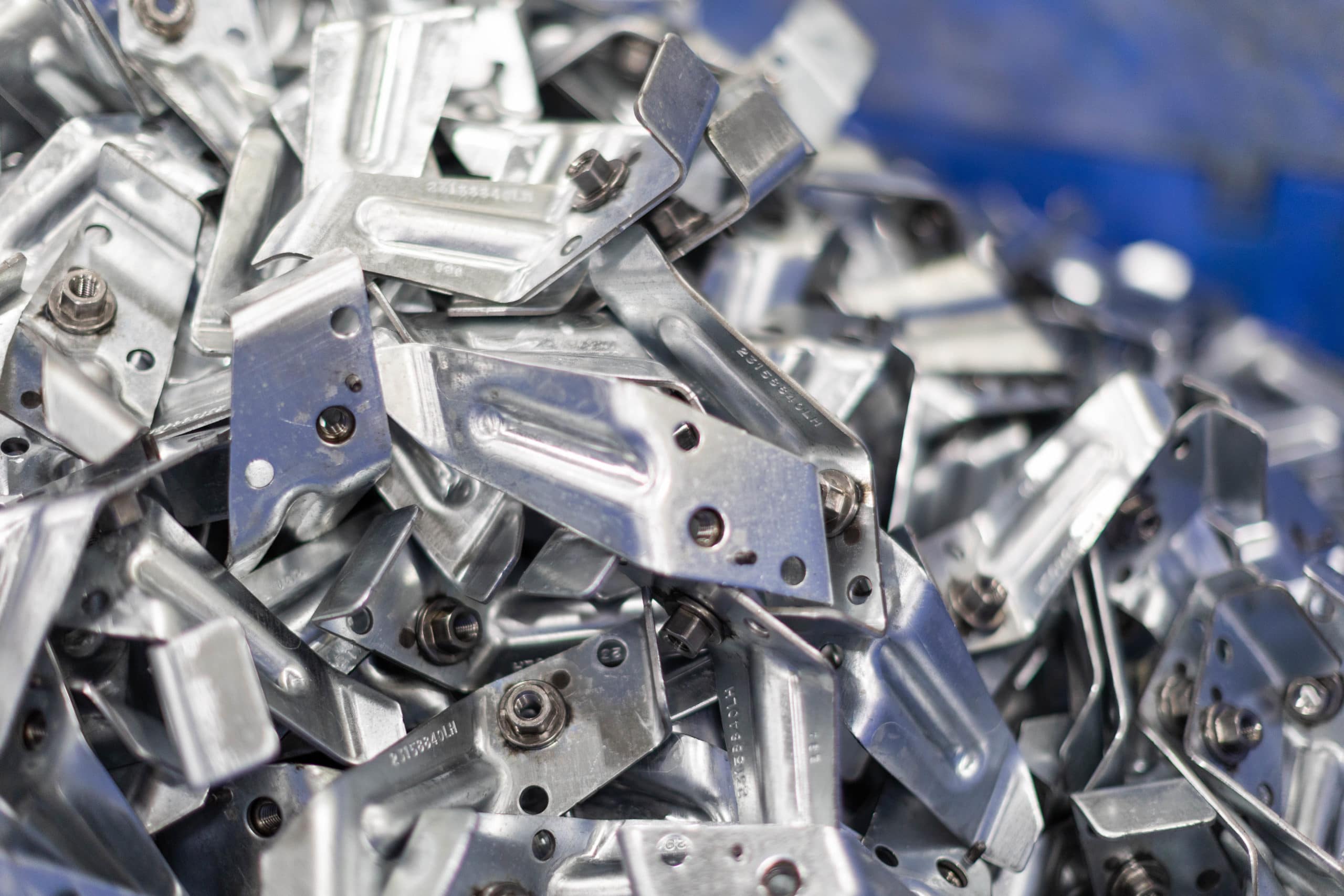
Prince's Metal is a fascinating alloy with a rich history and unique properties. But what exactly is Prince's Metal? It's an alloy composed primarily of copper and zinc, similar to brass but with a distinct twist. Named after Prince Rupert of the Rhine, this metal was developed in the 17th century and has been used in various applications ever since. From its shiny, golden appearance to its durability, Prince's Metal has intrigued metallurgists and historians alike. In this blog post, we'll dive into 30 intriguing facts about this remarkable alloy, shedding light on its composition, uses, and historical significance. Get ready to discover the secrets behind Prince's Metal!
Key Takeaways:
- Prince's Metal, also known as Prince Rupert's Metal, is a durable and malleable brass alloy with a golden-yellow color. It has been used in coins, scientific instruments, decorative arts, musical instruments, and even jewelry due to its unique properties.
- Prince's Metal, named after Prince Rupert of the Rhine, has a rich historical background and continues to be of interest in modern material science. Its properties have contributed to advancements in metallurgy, alloy formation, and even early electrical experiments.
Prince's Metal: An Overview
Prince's Metal, also known as Prince Rupert's Metal, is a type of brass alloy. It has a fascinating history and unique properties that make it stand out. Let's dive into some intriguing facts about this metal.
Historical Background
Understanding the origins of Prince's Metal gives insight into its significance.
- Prince's Metal was invented in the 17th century. Prince Rupert of the Rhine, a German soldier and scientist, is credited with its creation.
- The alloy was initially used for making coins. Its unique properties made it suitable for minting.
- Prince Rupert's Metal was also used in scientific experiments. It played a role in early studies of metallurgy and chemistry.
- The metal was named after Prince Rupert. His contributions to science and metallurgy were honored through this naming.
Composition and Properties
The unique blend of elements in Prince's Metal gives it distinct characteristics.
- Prince's Metal is primarily composed of copper and zinc. The typical ratio is around 75% copper and 25% zinc.
- It has a golden-yellow color. This makes it visually similar to gold, adding to its appeal.
- The alloy is known for its durability. It resists corrosion and wear, making it long-lasting.
- Prince's Metal is malleable. It can be easily shaped and molded, which is useful in various applications.
- It has a relatively low melting point. This makes it easier to work with in manufacturing processes.
Uses and Applications
Prince's Metal has been utilized in various fields due to its unique properties.
- It was used in the production of scientific instruments. The metal's durability and malleability made it ideal for precision tools.
- Prince's Metal was popular in decorative arts. Its golden appearance made it a favorite for ornamental objects.
- The alloy was used in the creation of musical instruments. Its acoustic properties were valued in instrument making.
- It found applications in the automotive industry. Components made from Prince's Metal were durable and resistant to wear.
- The metal was also used in the production of jewelry. Its resemblance to gold made it a cost-effective alternative.
Modern Relevance
Even today, Prince's Metal continues to be of interest in various fields.
- Researchers study Prince's Metal for its historical significance. Understanding its properties helps in the study of ancient metallurgy.
- The alloy is still used in some niche applications. Its unique properties make it suitable for specific modern uses.
- Prince's Metal is a subject of interest in material science. Studying its composition and properties can lead to new discoveries.
- It is used in educational settings. Demonstrating its properties helps students learn about metallurgy and chemistry.
- The metal is part of historical collections. Museums and collectors value it for its historical and scientific importance.
Fun Facts
Here are some lesser-known tidbits about Prince's Metal.
- Prince Rupert was also known for his contributions to optics. He invented the Prince Rupert's Drop, a glass object with unique properties.
- The alloy's creation was partly accidental. Prince Rupert stumbled upon the right combination of elements through experimentation.
- Prince's Metal has a unique sound when struck. This made it interesting for use in musical instruments.
- It was once believed to have magical properties. Its golden appearance and durability led to various myths and legends.
- The metal was used in early clockmaking. Its properties made it suitable for precision parts in clocks.
Scientific Insights
Prince's Metal has contributed to scientific understanding in various ways.
- The study of Prince's Metal helped advance metallurgy. Early experiments with the alloy led to new techniques and knowledge.
- It played a role in the development of modern brass alloys. Understanding its composition helped refine other brass materials.
- Prince's Metal was used in early electrical experiments. Its conductivity made it useful in studying electricity.
- The alloy's properties were studied in relation to corrosion. This helped improve the durability of other metals.
- Prince's Metal contributed to the understanding of alloy formation. Studying its creation provided insights into how different metals combine.
Cultural Impact
The influence of Prince's Metal extends beyond science and industry.
- Prince's Metal has appeared in literature and art. Its unique properties and historical significance have inspired various works.
Final Thoughts on Prince's Metal
Prince's Metal, a unique alloy of copper and zinc, has fascinated metallurgists and historians alike. Known for its golden hue, it often gets mistaken for gold. This alloy's origins trace back to the 18th century, when it was first created by Prince Rupert of the Rhine. Its durability and resistance to corrosion made it popular for various applications, from coins to decorative items.
Understanding the composition and history of Prince's Metal helps appreciate its role in metallurgy. Its unique properties make it a valuable material even today. Whether you're a history buff or a science enthusiast, learning about Prince's Metal offers a glimpse into the ingenuity of past metallurgists.
So next time you come across a shiny, gold-like object, remember it might just be Prince's Metal, a testament to the blend of art and science in metallurgy.
Frequently Asked Questions
Was this page helpful?
Our commitment to delivering trustworthy and engaging content is at the heart of what we do. Each fact on our site is contributed by real users like you, bringing a wealth of diverse insights and information. To ensure the highest standards of accuracy and reliability, our dedicated editors meticulously review each submission. This process guarantees that the facts we share are not only fascinating but also credible. Trust in our commitment to quality and authenticity as you explore and learn with us.


